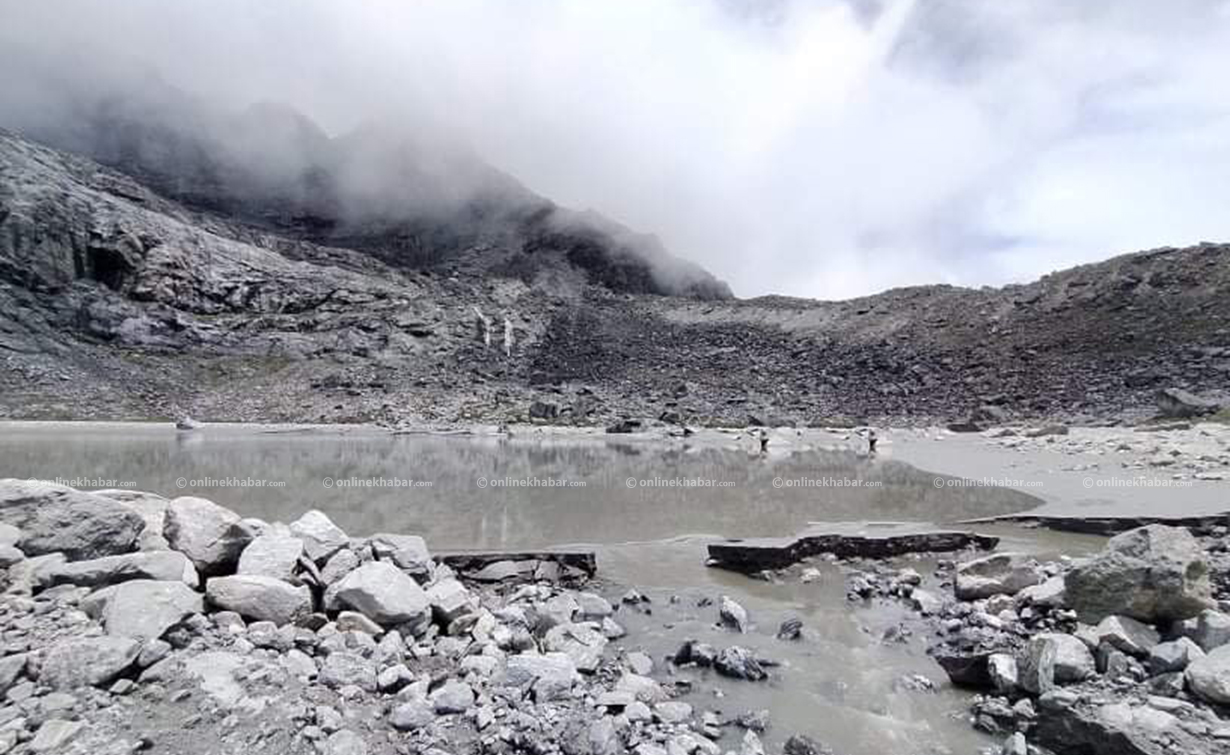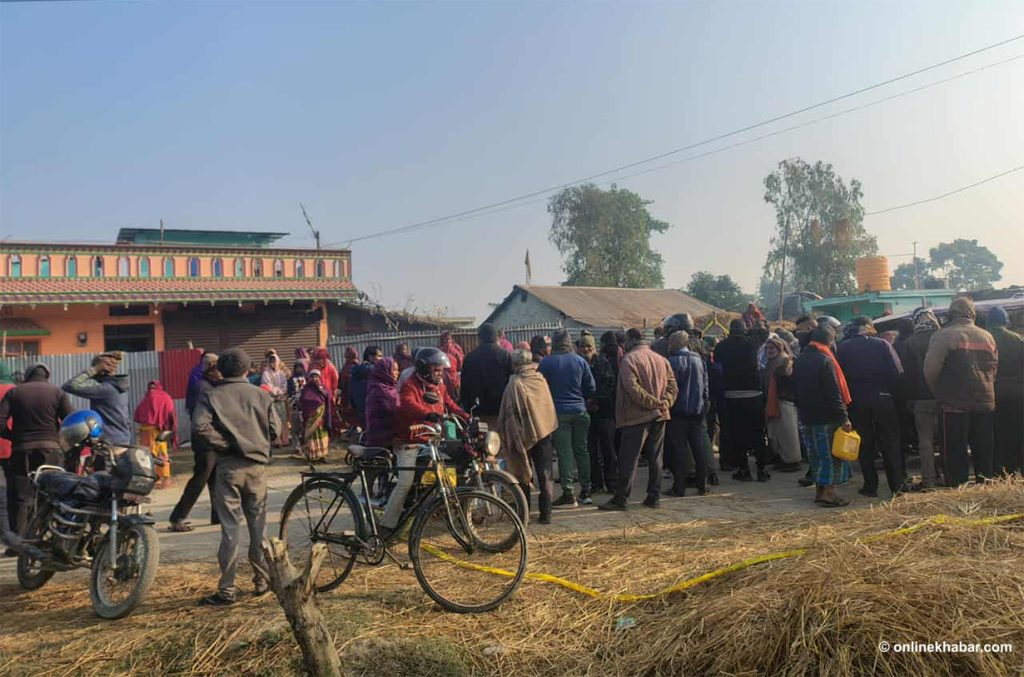Kathmandu, February 9
Experts and stakeholders have said Nepal could also face a similar disaster as in Uttarakhand of India whereas dozens of people have been killed and hundreds are missing after a glacial lake outburst flood on Sunday.
Water resources expert Deepak Gyawali says Nepal’s glacial lakes are also in the same range, hence the risk is equal for both the countries. “In almost every 10 years, there have been big flood events. Therefore, we cannot say such a disaster cannot happen in Nepal anytime.”
Likewise, another expert Ajay Dixit says, “Of late, the rate of snow melting is increasing, which raises the volume of glacial lakes. It is likely that such incidents could be quite frequent in Nepal.”
A study report launched by the International Centre for Integrated Mountain Development (ICIMOD) and the United Nations Development Programme (UNDP) informs there are more than 3,000 glacial lakes in Nepal.
Of them, 21 are at a higher level of danger, according to Bikram Shrestha, a senior hydrologist in the Department of Hydrology and Meteorology. Meanwhile, 26 lakes on the Tibetan side can also cause harm to the Nepali population, according to him.
Thugasi between Manang and Lamjung districts, Imja in Solukhumbu, Barun in Makalu and Tsho Rolpa in Dolakha districts are considered most dangerous glacial lakes in Nepal.
In a bid to minimise the risk, the government lowered the water level in Tsho Rolpa and Imja lakes last year whereas there is a plan to do so in four glacial lakes every year, according to him. Tsho Rolpa and Imja have also been equipped with alert systems.
Shrestha complains the government has not provided sufficient budget for the efforts targeted at minimising risks of the glacial lake outbursts.



















